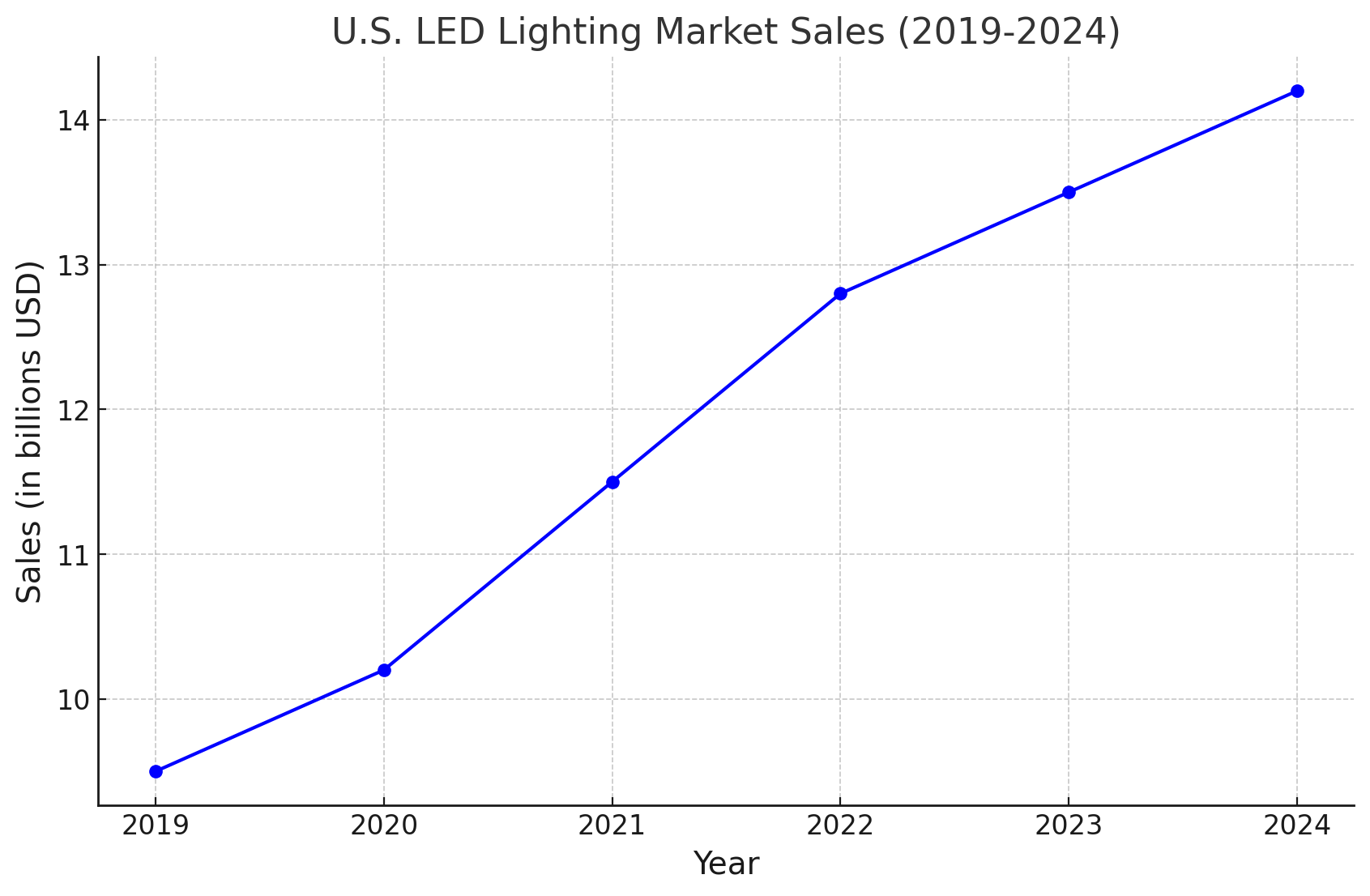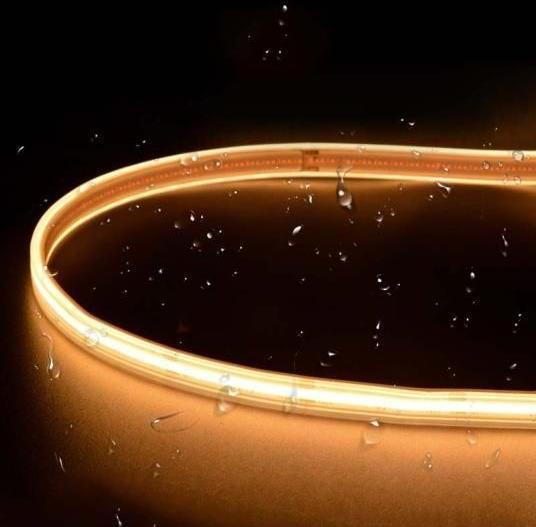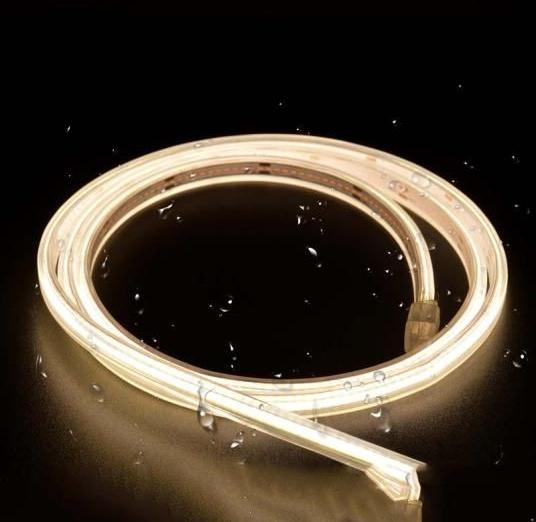The LED lighting manufacturing industry in the United States has emerged as a vibrant and essential sector within the broader realm of sustainable technologies. As the world increasingly shifts towards energy-efficient solutions, the role of LED lights in reducing energy consumption and carbon footprints has become paramount. The U.S. has been at the forefront of this transition, with its LED manufacturing industry showcasing remarkable growth, innovation, and a commitment to sustainability.

When we have a historical perspective
The journey of LED technology in the U.S. began in the 1960s when the first visible-spectrum LEDs were developed. Initially used in indicators and small displays, LEDs have since evolved into powerful lighting solutions suitable for a wide range of applications—from residential and commercial lighting to automotive and industrial uses. The energy crisis of the 1970s and growing environmental awareness spurred research into more efficient lighting technologies, paving the way for the development of high-brightness LEDs in the 1990s. This innovation set the stage for the LED revolution we see today.

LED lighting growth and market trends
The U.S. LED lighting manufacturing industry has experienced rapid growth over the past two decades, driven by advancements in technology, government incentives, and increasing consumer awareness of energy efficiency. The industry is characterized by a mix of large corporations, such as Cree and GE Lighting, and a myriad of small to medium-sized enterprises that contribute to the innovation landscape.In recent years, the U.S. market for LED lighting has been bolstered by several key trends:
1.1 Government Initiatives: Policies promoting energy efficiency, such as the Energy Star program and the phasing out of incandescent bulbs, have significantly boosted the adoption of LED lighting.
1.2Technological Advancements: Continuous innovation in LED technology has led to improvements in brightness, color rendering, and lifespan, making LEDs a more attractive option for consumers and businesses alike.
1.3 Sustainability Demand: With growing concerns over climate change, there is an increasing demand for green technologies. LEDs, with their lower energy consumption and longer lifespan, are seen as a critical component in achieving sustainability goals.
1.4 Cost Reduction: The cost of LED lights has significantly decreased over the years, making them more accessible to a broader range of consumers and driving market penetration.
1.5 Challenges and Opportunities
Despite its success, the U.S. LED manufacturing industry faces several challenges. One of the most significant is competition from overseas manufacturers, particularly from countries with lower production costs, such as China. This has put pressure on U.S. manufacturers to innovate and maintain a competitive edge.
Another challenge is the need for ongoing research and development to keep up with the fast pace of technological advancement. The industry must continually invest in new materials, designs, and manufacturing processes to improve the performance and cost-effectiveness of LED products.
However, these challenges also present opportunities. The U.S. has a strong tradition of innovation and a robust infrastructure for research and development. By leveraging these strengths, U.S. manufacturers can continue to lead in areas such as smart lighting, connected devices, and specialized lighting applications.
Moreover, the push for domestic manufacturing, driven by concerns over supply chain security and the desire to create jobs, could lead to increased investment in the U.S. LED manufacturing industry. This could be further supported by federal and state-level policies aimed at revitalizing American manufacturing.
The Future of LED Manufacturing in the United States
Looking ahead, the LED manufacturing industry is poised for continued growth. The trend towards smart cities, with integrated lighting systems that enhance energy efficiency and reduce costs, offers a significant opportunity for U.S. manufacturers. Additionally, the expanding electric vehicle market, with its demand for high-quality automotive lighting, represents another growth area.
The industry is also expected to benefit from the increasing emphasis on sustainability and energy conservation. As more businesses and consumers prioritize eco-friendly products, the demand for LED lighting is likely to grow, further boosting the U.S. manufacturing sector.

In conclusion, the LED light manufacturing industry in the United States stands as a beacon of innovation, driving the global shift towards more sustainable and energy-efficient lighting solutions. While challenges remain, the industry’s resilience, coupled with a strong foundation in research and development, positions it well for future success. As the world continues to grapple with environmental challenges, the role of U.S. LED manufacturers will only become more critical in lighting the way to a brighter, greener future.
 +86 0(20) 8488 0520
+86 0(20) 8488 0520 +86 0(20) 8488 0520
+86 0(20) 8488 0520


 un service en ligne
un service en ligne +86 0(20) 8488 0520
+86 0(20) 8488 0520 sales@cityluxled.com
sales@cityluxled.com +8613640601669
+8613640601669